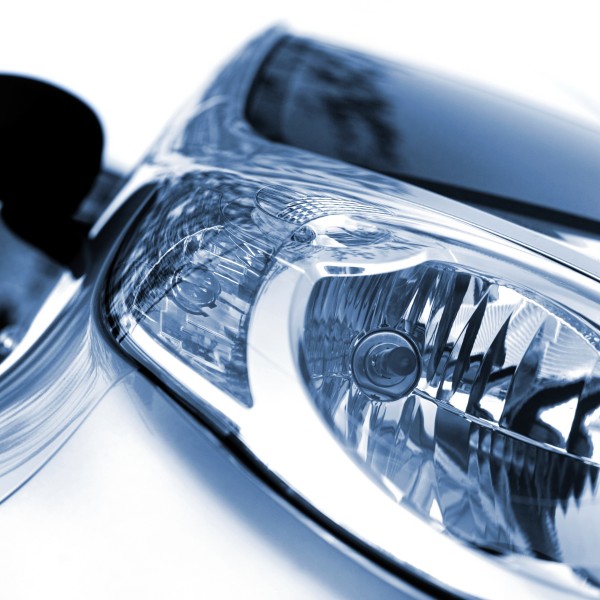During vehicle operation, powertrain components (such as axles/e-axles, traction motors, transmissions, and limited slip couplings/E-LSDs) undergo rapid differential pressure changes that can stress their seals and gaskets. Housings must have a way to exchange air with the environment while keeping out water, dirt, and debris that can harm lubricants and erode parts. Venting is used to equalize pressure while preventing the ingress of contaminants.
Several advancements have occurred in powertrain venting:
- Compact, direct-attach vent design, allows vents to fit directly into drivetrain components, reducing manufacturing costs and simplifying design
- A combination of filtration and venting technology helps keep oil aerosols from escaping, allowing components to perform as intended.
Learn more about the importance of venting and how it can help protect critical powertrain components.
This webinar covers key topics such as:
- Why venting is needed for powertrain components
- How venting can help mitigate stress in powertrain components and protect them from harmful contaminants
- How venting, combined with filtration technology, can help keep oil aerosols in components
- How direct-attach vents reduce manufacturing costs and reduce installation complexity
Close
Close





